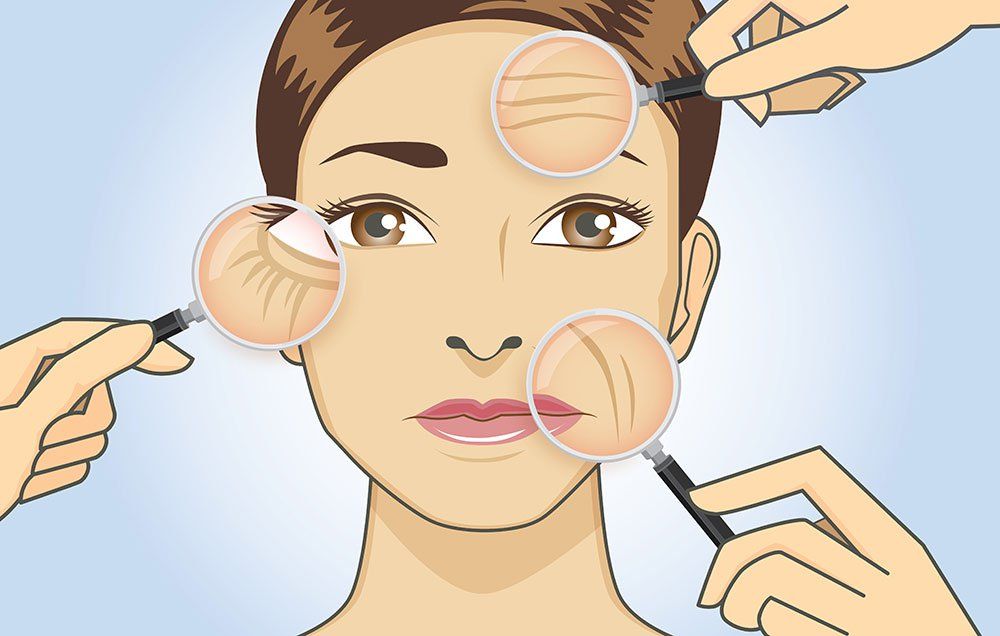Address your hair loss issues with guidance from an experienced hair care specialist.
Address your hair loss issues with guidance from an experienced hair care specialist.
Blog Article
Navigating Skin Cancer Cells Therapy: The Vital Role of Mohs in Modern Dermatology Practices
Skin cancer, a challenging medical diagnosis, commonly leaves clients facing countless treatment options. Amongst these, Mohs surgical treatment stands as a beacon in contemporary dermatology, renowned for its precise strategy to cancer elimination and preservation of bordering healthy cells. This ingenious technique guarantees not just exceptional cosmetic outcomes however also uses immediate outcomes, easing individual anxiety. As we discover the complexities of this treatment, one will appreciate its crucial function in skin cancer cells treatment.
Recognizing Skin Cancer: Types and Threats
Skin cancer cells, a potentially deadly ailment, is far a lot more prevalent than many individuals recognize. This condition, triggered by the unchecked growth of irregular skin cells, primarily arises from DNA damages due to exposure to the sunlight and ultraviolet (UV) light. There are 3 main kinds of skin cancer cells: Basic cell cancer, Squamous cell cancer, and Melanoma. While the previous 2 are less deadly and compose most of diagnosed instances, cancer malignancy is the most harmful. It makes up only regarding 1% of skin cancer cells instances however causes the vast bulk of skin cancer deaths - skin cancer. Danger variables consist of reasonable skin, background of sunburn, excessive sun exposure, living at high altitudes or close to the equator, having many moles, a family members background of skin cancer cells, and damaged body immune system.
What Is Mohs Surgical procedure and Just How It's Changing Skin Cancer Therapy
In spite of the countless therapies currently readily available for skin cancer, Mohs surgical treatment sticks out as a groundbreaking and extremely effective solution. Named after Frederic E. Mohs, the doctor that developed the procedure, Mohs surgical treatment is an accurate medical strategy made use of to treat skin cancer cells. During the procedure, thin layers of cancer-containing skin are gradually eliminated and taken a look at until just cancer-free cells continues to be. This strategy permits the cosmetic surgeon to validate that all cancer cells have been eliminated at the time of surgical treatment. This degree of accuracy, combined with the capacity to spare as much healthy cells as feasible, is reinventing skin cancer cells therapy. As a result, Mohs surgery has actually come to be a cornerstone of modern dermatology methods.
The Advantages of Mohs Surgical Treatment Over Traditional Skin Cancer Cells Therapies
Building on the innovative nature of Mohs surgical treatment, it's critical to consider its various benefits over standard skin cancer treatments. Unlike standard operating procedures, Mohs provides a greater cure price, often reaching 99% for newbie therapies and 94% for persistent cancers. This accuracy is due to its unique strategy of progressively getting rid of and examining cells layers until just cancer-free cells stay (chemical peel). Furthermore, it reduces damage to healthy and balanced skin, bring about less scarring and boosted aesthetic end results. Mohs also gives instant outcomes, removing the anxiety-ridden delay typical with other methods. Finally, it's cost-efficient, as the surgical treatment and tiny assessment happen simultaneously, getting rid of the demand for additional laboratory solutions. Thus, Mohs stands for a considerable innovation in dermatological techniques.
The Procedure of Mohs Surgical Treatment: What to Anticipate During the Process

Prospective Negative Effects and Post-Operative Care of Mohs Surgical Procedure
Undergoing Mohs surgical procedure, like any other surgery, includes possible negative effects that individuals must understand. Typical side effects consist of pain, wounding, and swelling at the surgery website. These are usually short-lived and convenient with over the counter pain medicine and ice packs. In rare situations, individuals might experience infection, blood loss, or an allergy to the anesthetic. Post-operative care is important to recovery and reducing side effects. This typically entails keeping the wound clean and dry, taking proposed medications, and avoiding difficult activities. Individuals ought to also participate in all follow-up consultations for wound treatment and monitoring. In some instances, additional therapies may be required to ensure full elimination of the malignant cells. Following these post-operative treatment guidelines can significantly improve recuperation and results.
Conclusion

Report this page